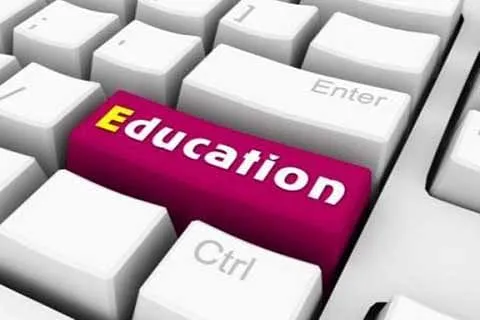Inclusive Education (IE) is a new approach towards educating children with disabilities and learning difficulties with normal ones under the same roof. It does not segregate children who have different abilities or needs. Inclusive education is a rights-based approach to educating children and includes those who are subject to exclusionary pressures. Inclusive education creates a learning environment that is child-centered, flexible, and enables children to develop their unique capacities in a way that is conducive to their styles of learning.
The process of inclusion contributes to the academic development and social and economic welfare of the child and its family, enabling them to reach their potential and to flourish.
In this regard, the National Council of Educational Research and Training (NCERT) joined hands with UNICEF and launched Project Integrated Education for Disabled Children (PIED) in the year 1987, to strengthen the integration of learners with disabilities into regular schools. In recent years, the concept of inclusive education has been broadened to encompass not only students with disabilities but also all students who may be disadvantaged. This broader understanding of curriculum has paved the way for developing the National Curriculum Framework (NCF-2005) that reiterates the importance of including and retaining all children in school through a program that reaffirms the value of each child and enables all children to experience dignity and confidence to learn. The aim of equity and inclusion is now at the heart of the new NEP-2020.
If this concept is implemented on the ground as anticipated, it not only will bring social equality but surely it will break many myths. No doubt, there may be a few major challenges ahead in the process of its implementation like
Financial Challenge:
One of the prime requirements in the introduction of inclusive education is the availability of proper infrastructure like comfortable seating arrangement, textbooks in Braille, toilet facilities, libraries, and laboratories equipped with sophisticated audio, video teaching aids, ramps, wheelchair, transport facilities, proper space for physical activities and above all the well-trained staff. Providing such facilities to all educational institutions mainly in government schools is a big challenge because it demands huge financial investment. Presently, the government of India is investing 4.43 percent of the GDP on education which is too small to meet out such requirements Therefore, it is the need of the hour to enhance education expenditure. In this connection, the recent announcement by the Finance Minister that public investment in the education sector will be increased to 6 percent can bring a significant change.
Social Challenges:
Another challenge that may put a hindrance in the implementation process of Inclusive Education is social barriers. There are still Caste, creed, and language issues prevalent in many societies in India. Some orthodox people in every culture and society ascribe special meaning to any physical or mental differences. This was usually negative and often persists today, resulting in stigma, negative attitudes, and stereotypes. People were thought to be disabled because they or their parents had done something wrong and because all-powerful gods, deities, or fate had made them disabled. They were often subjected to inhuman treatment. Being seen as disgracing their families, they were locked away. They were often viewed as not fully human or possessed by evil spirits. This made it easy to make fun of or ridicule them. There is need to develop social maturity only then we can think of inclusive education that further leads to inclusive society.
Effective Execution:
Any policy, scheme, or project is considered to be successful only when it will achieve the maximum targets. Government-run schools are under the direct control of the concerned state administration whereas public and private schools enjoy their own control. Usually, these institutions set up their bylaws keeping their economic interest in view. Furthermore, there is a hierarchy in the private sector. There are elite schools. There are schools which are being run by trusts, corporate houses. Will such intuitions accept admission forms of special abled or economically poor aspirants? Will they provide prerequisite facilities in favor of those students who need extra care and attention? How far they keep their doors open for all sections of the society will be the focus of attention in the coming days? Challenges are many. It needs a strong will and honest approach to implement it on the ground.
Haroon Rashid Bhat is a teacher.






